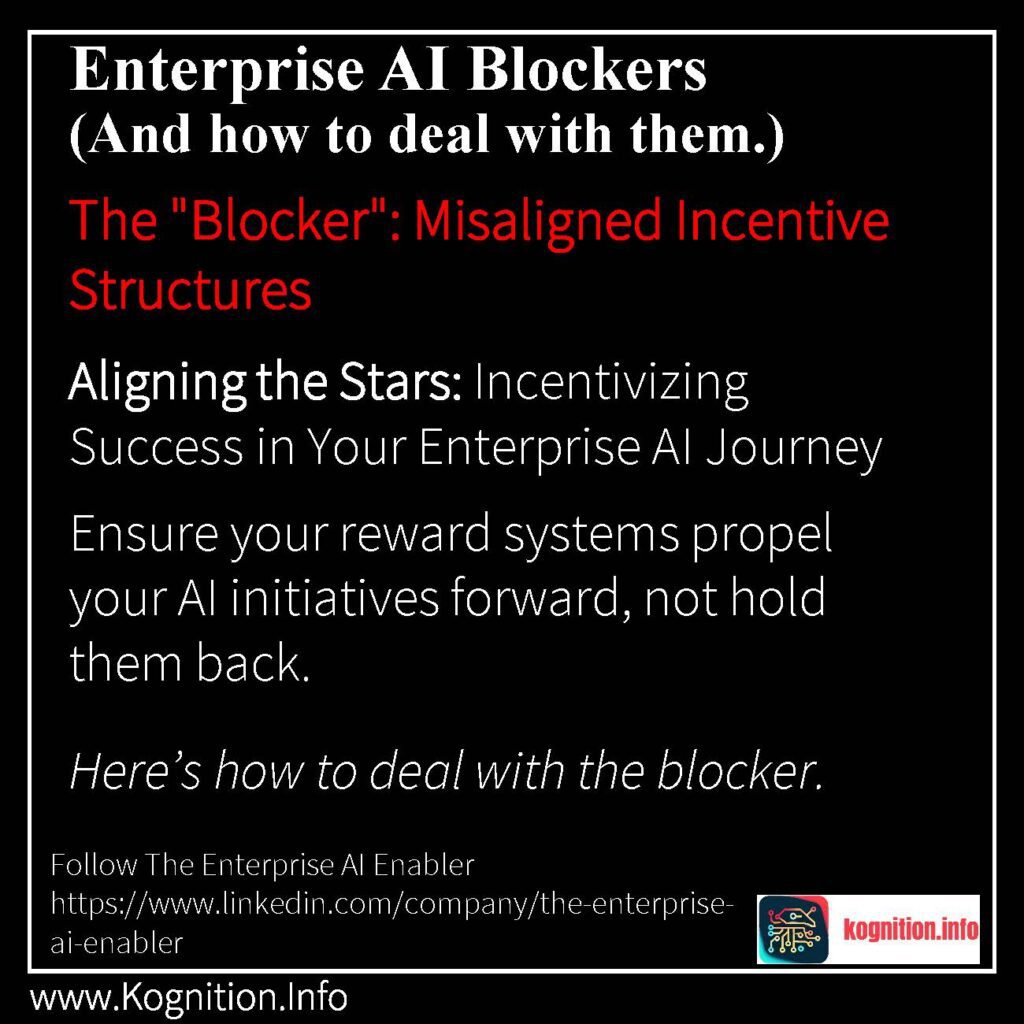Taming the Wild Data Frontier: Harnessing Unstructured Data for Enterprise AI Enterprise AI is a complex endeavor with several Blockers (or Rocks) impeding progress. Here’s one blocker and how to deal with it. Unlock the hidden value in your unstructured data to fuel AI-driven insights. The Blocker: Unstructured Data Challenges Imagine a librarian trying to…


